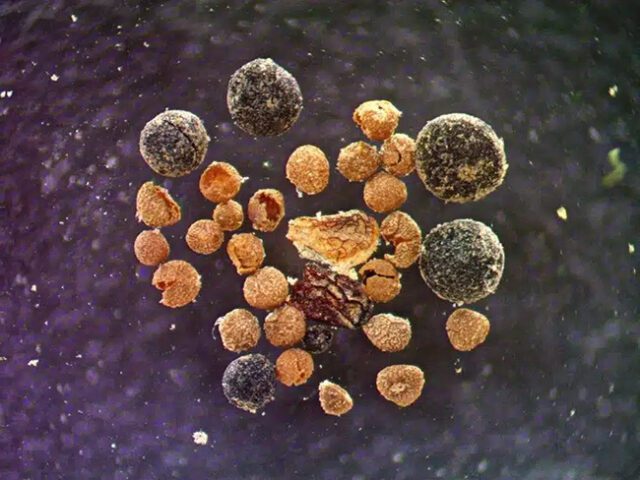
A groundbreaking study published in the Proceedings of the National Academy of Sciences reveals that Greenland was not always a frozen wasteland. Less than 1 million years ago, the center of Greenland was a green tundra, as indicated by fossilized biological materials discovered in a core sample known as GISP2. These fossils, including Arctic poppy seeds, willow wood, insect remnants, and fungi, indicate that Greenland’s ice sheet had melted, allowing plants and insects to thrive. This discovery challenges previous assumptions about the permanence of Greenland’s ice and underscores how dynamic Earth’s climate can be. Researchers, led by Paul Bierman of the University of Vermont, have provided direct evidence that the region was once hospitable to life, offering a glimpse into a much greener past for Greenland.

This study highlights Greenland’s vulnerability to climate change, suggesting that its ice sheet is more fragile than once believed. As global temperatures rise, Greenland’s massive ice cover continues to shrink, contributing to sea-level rise. The findings serve as a stark reminder of the potential future consequences if current warming trends continue. Richard Alley of Penn State, commenting on the research, emphasized that the sea-level rise during Greenland’s ice-free period occurred under less extreme warming conditions, warning of the damage that could take place in the modern era if similar ice loss happens again. The fossilized flowers and remnants from Greenland serve as both a window into the past and a warning for the future.















